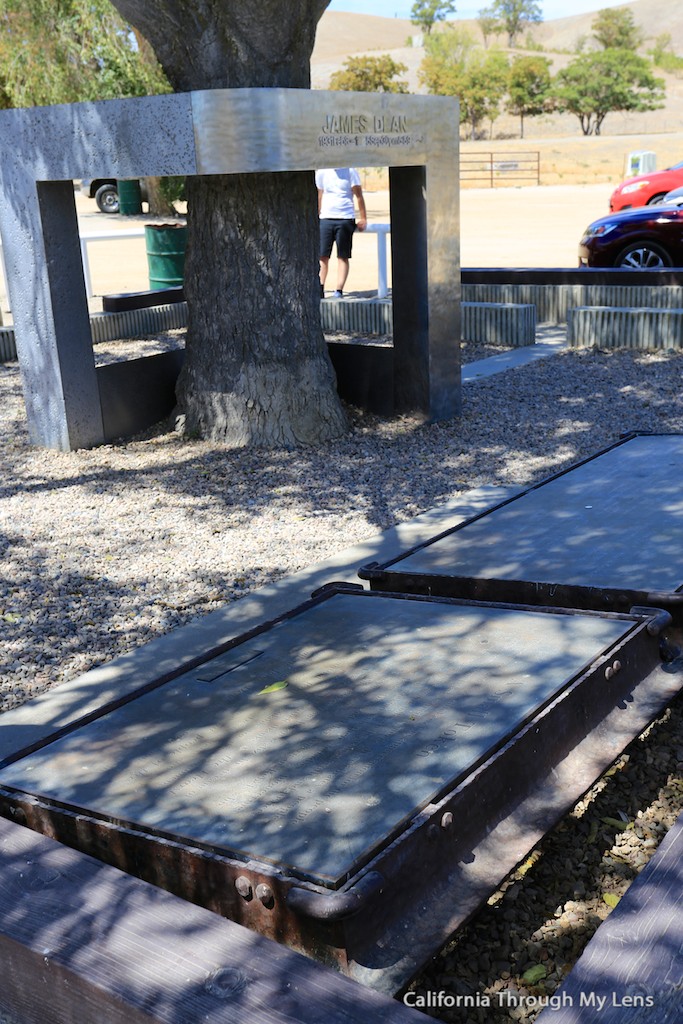

They didn’t find any human remains until almost five years later, in March of 2009, when they came across the shin bone of a young man. The Watson’s found that the railroad’s internal findings of 57 dead at Duffy’s Cut contradicted press articles from 1832 which downplayed the situation and said only eight or nine people had died.Īfter much permit filing and grant requesting, the Watsons collected some volunteers and put their own money into an excavation of the site in August 2004. Their grandfather, Joseph Tripican, was the assistant to Martin Clement, president of Pennsylvania Railroad in the 1940s and the man in charge of the investigation in 1909. William Watson, a history professor at Immaculata University, and his twin brother Francis, a Lutheran minister, have been investigating the tragedy at Duffy’s Cut ever since they found a file in their grandfather’s belongings describing the railroad’s 1909 investigation into the events.

There was no attempt to save them, and in fact, the skull damage suggests that all six of the people found in a mass grave died not from cholera but rather from violence, probably inflicted by the Pinkerton-esque “security” personnel of the East Whiteland Horse Company who were hired to enforce the quarantine. As people began to die, the rest of the workers were forcibly quarantined in their shanty. The laborers were housed in a shanty on the work site, their sole source of water a contaminated stream. Historians believe John Ruddy was one of 15 from the John Stamp hired by Duffy to move a hill into a valley. To accomplish this backbreaking task, Duffy turned east to the motherland, seeking out in his own words “a sturdy looking band of the sons of Erin” to work incessantly in horrendously cramped and unsanitary conditions for a pittance. Once flattened, the area would be able to accommodate tracks. Duffy’s contract with the Philadelphia and Columbia Railroad required him to level a hill and fill the adjacent valley with the clay, shale and stone spoil.

A few months later, his body was dumped into an unmarked mass grave with an axe hole in his skull.ĭuffy’s Cut, named after Philip Duffy, a fellow Irish immigrant who had moved to the US in search of his fortune, was a particularly gnarly piece of railroad 20 miles west of Philadelphia. His name was John Ruddy of Inishowen, and he traveled from Londonderry to Philadelphia on the barque John Stamp in June of 1832 to work on the railroad. A year after five unidentified victims who died during the construction of the Duffy’s Cut section of the Philadelphia and Columbia Railroad in 1832 were buried in Bala Cynwyd, Pennsylvania, the remains of another Duffy’s Cut worker have been returned to Donegal and laid to rest.


 0 kommentar(er)
0 kommentar(er)
